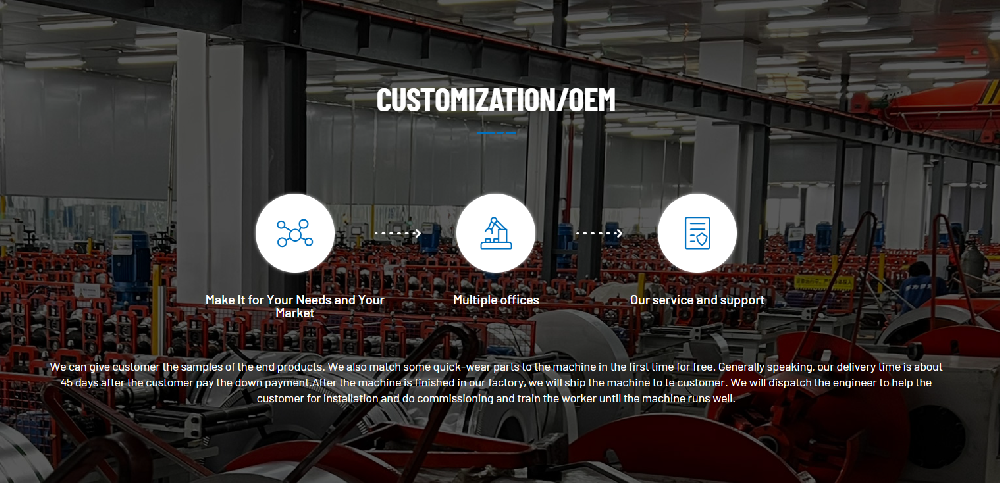Navigation Menu
Contact Us
- Email:
- info@wxavatar.com
- Address:
- Yurong Village, Yuqi Street, Huishan District, Wuxi, China.
Release Date:Jun 01, 2025 Visit:41 Source:Roll Forming Machine Factory
In the construction material manufacturing sector, handling costs represent a significant portion of operational expenses. Purlin line stackers have emerged as a potential solution for optimizing material handling processes. This article examines whether these specialized stacking systems can effectively reduce handling costs while maintaining production efficiency.

Understanding Purlin Line Stackers
Purlin line stackers are automated or semi-automated systems designed to organize and stack purlins—structural components used in building construction—after they exit the production line. These systems typically incorporate:
Automated lifting mechanisms
Precision stacking controls
Integrated conveyor systems
Programmable logic controllers for operation management
Potential Cost Reduction Areas
Labor Efficiency Improvements
Purlin line stackers can decrease reliance on manual labor for stacking operations. By automating the stacking process, manufacturers may observe:
Reduced labor hours dedicated to material handling
Lower physical strain on workers
Consistent stacking patterns that improve downstream operations
Material Damage Reduction
Properly stacked materials experience less damage during storage and transportation. Purlin line stackers contribute by:
Maintaining uniform stack configurations
Minimizing handling contact points
Reducing opportunities for human error in stacking
Space Utilization Optimization
Efficient stacking systems can lead to better warehouse space management through:
Consistent stack dimensions for predictable storage needs
Maximized vertical storage capacity
Improved inventory organization
Operational Considerations
When evaluating purlin line stackers for cost reduction, manufacturers should assess:
Production Volume: Higher output facilities typically benefit more from automation
Product Variability: Systems should accommodate different purlin sizes and shapes
Integration Requirements: Compatibility with existing production lines affects implementation costs
Maintenance Needs: Regular upkeep requirements impact long-term operational costs
Implementation Factors
Successful adoption of purlin line stackers involves:
Initial capital investment analysis
Staff training for operation and maintenance
Potential production line modifications
Throughput testing to verify performance claims

Conclusion
Purlin line stackers present a viable option for construction material manufacturers seeking to optimize handling operations. While the technology requires upfront investment, the potential for reduced labor costs, decreased material damage, and improved storage efficiency may justify implementation for many operations. Manufacturers should conduct thorough cost-benefit analyses specific to their operational parameters to determine if these systems align with their cost reduction objectives.